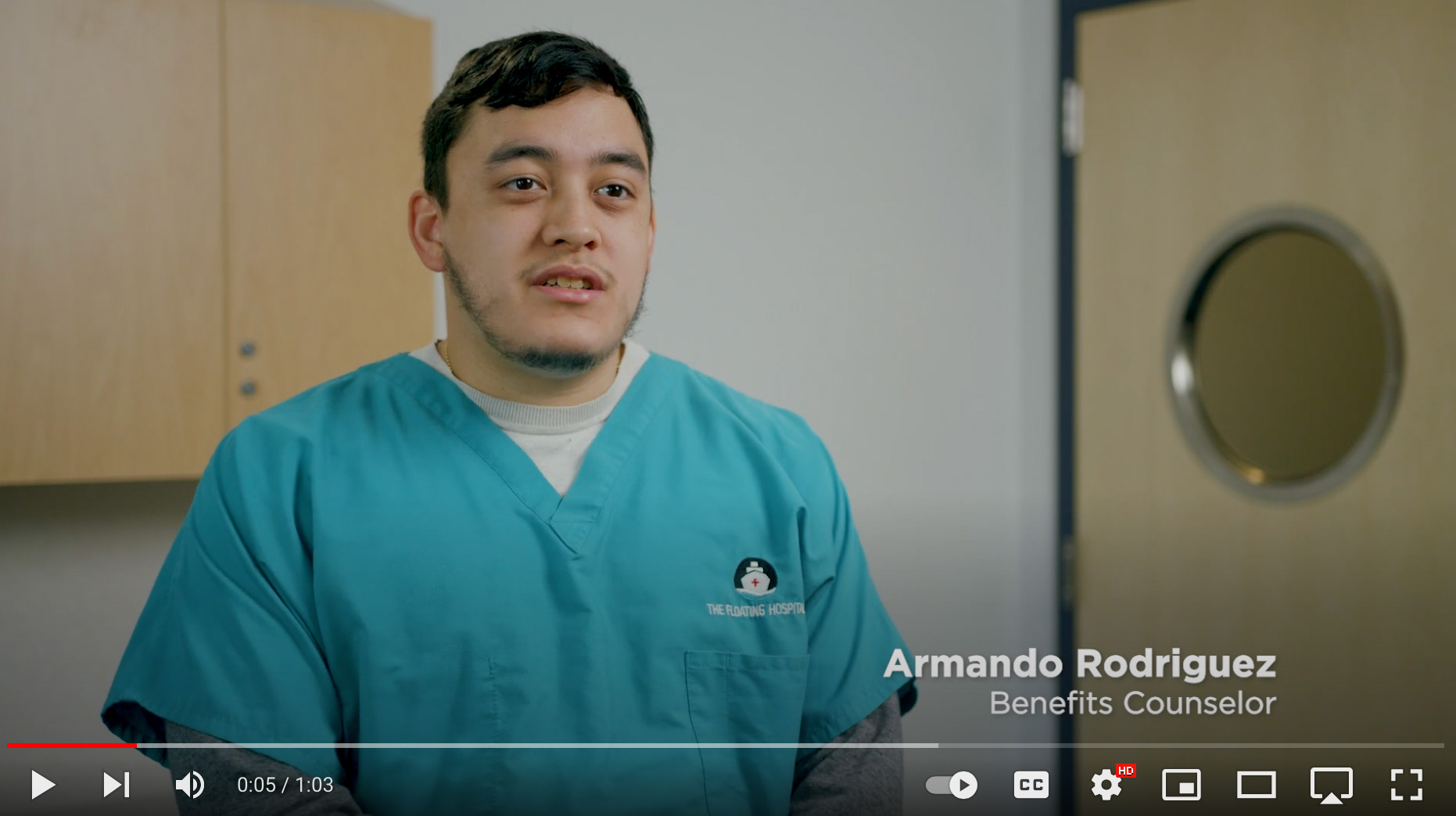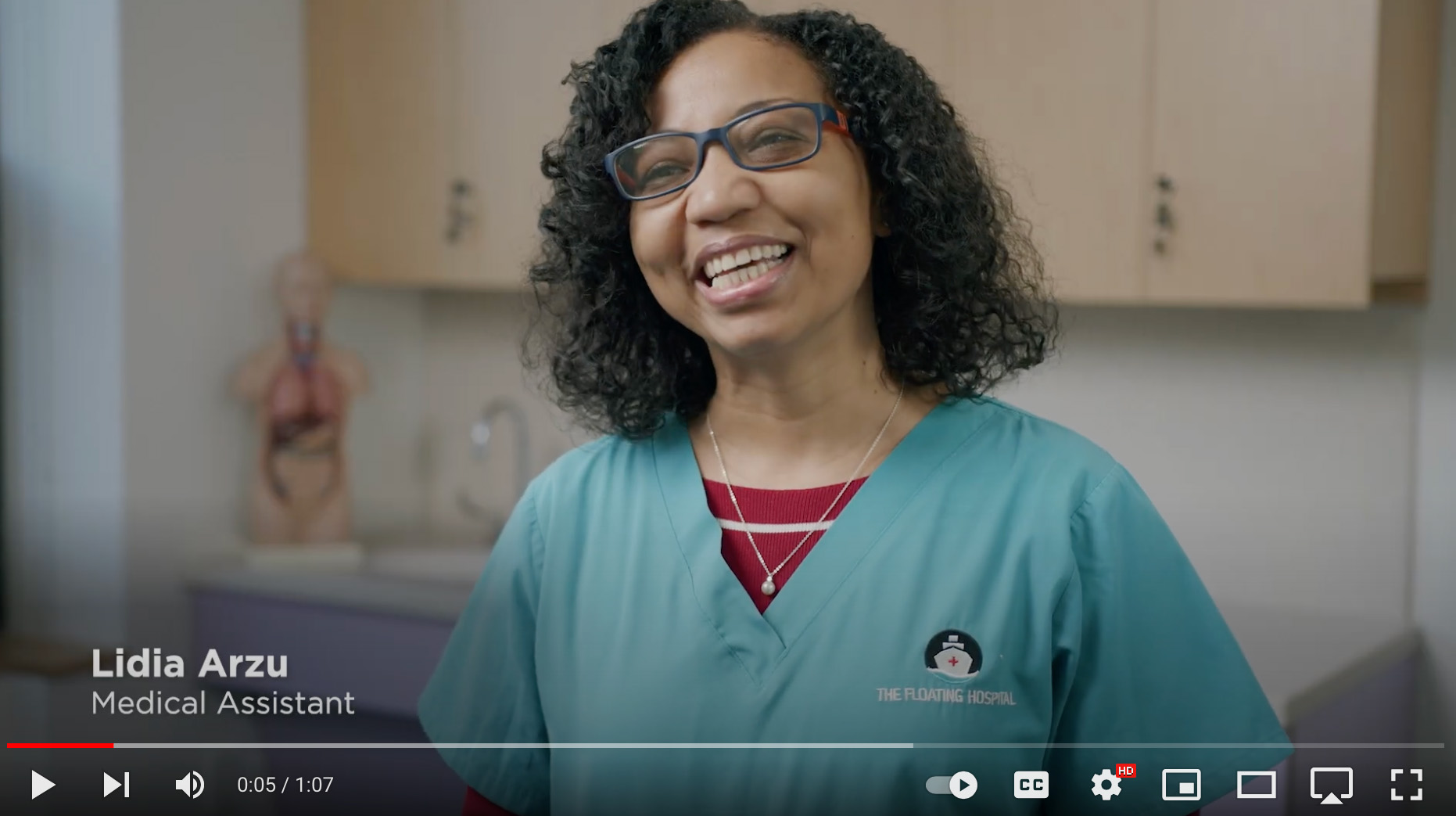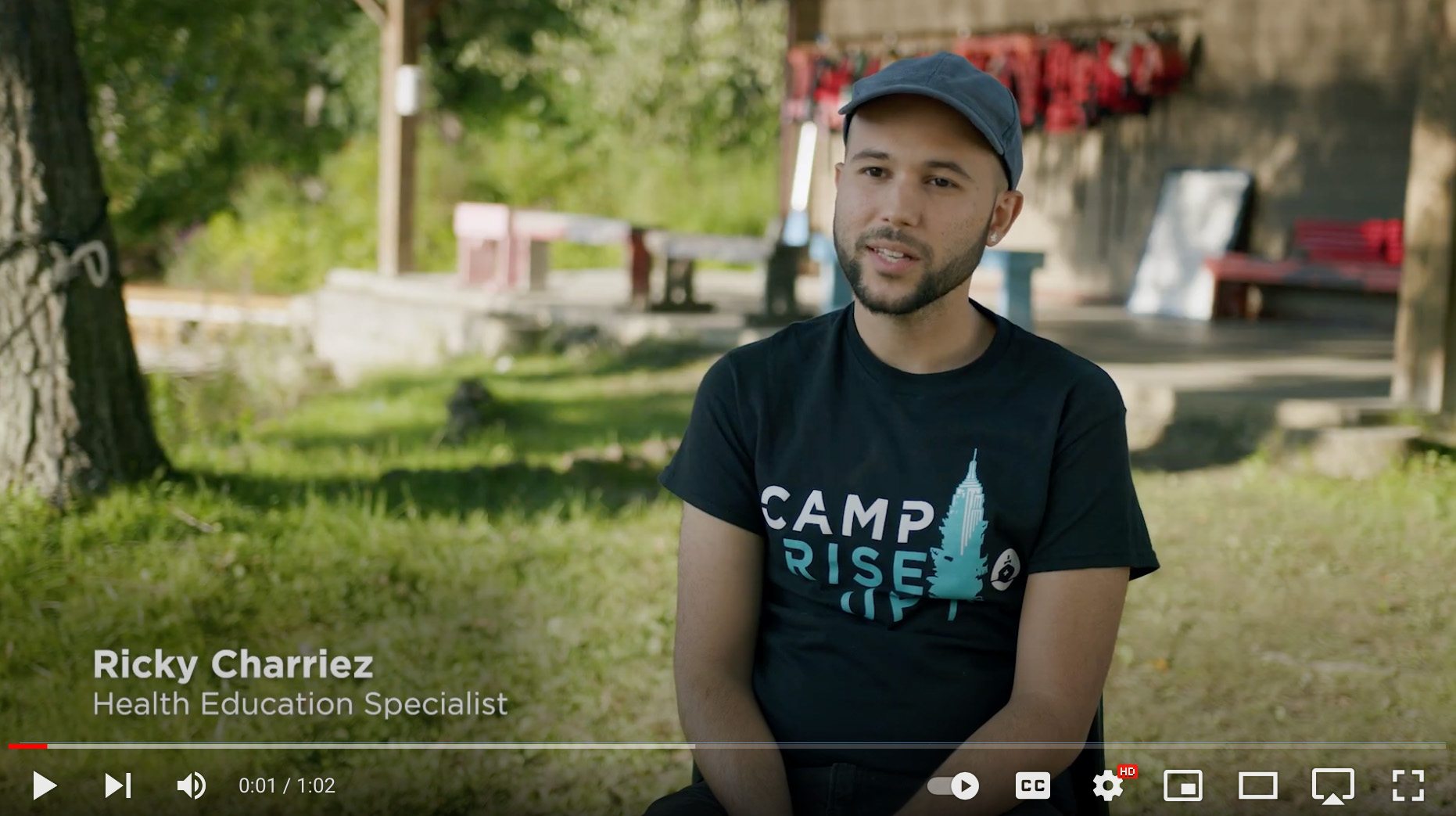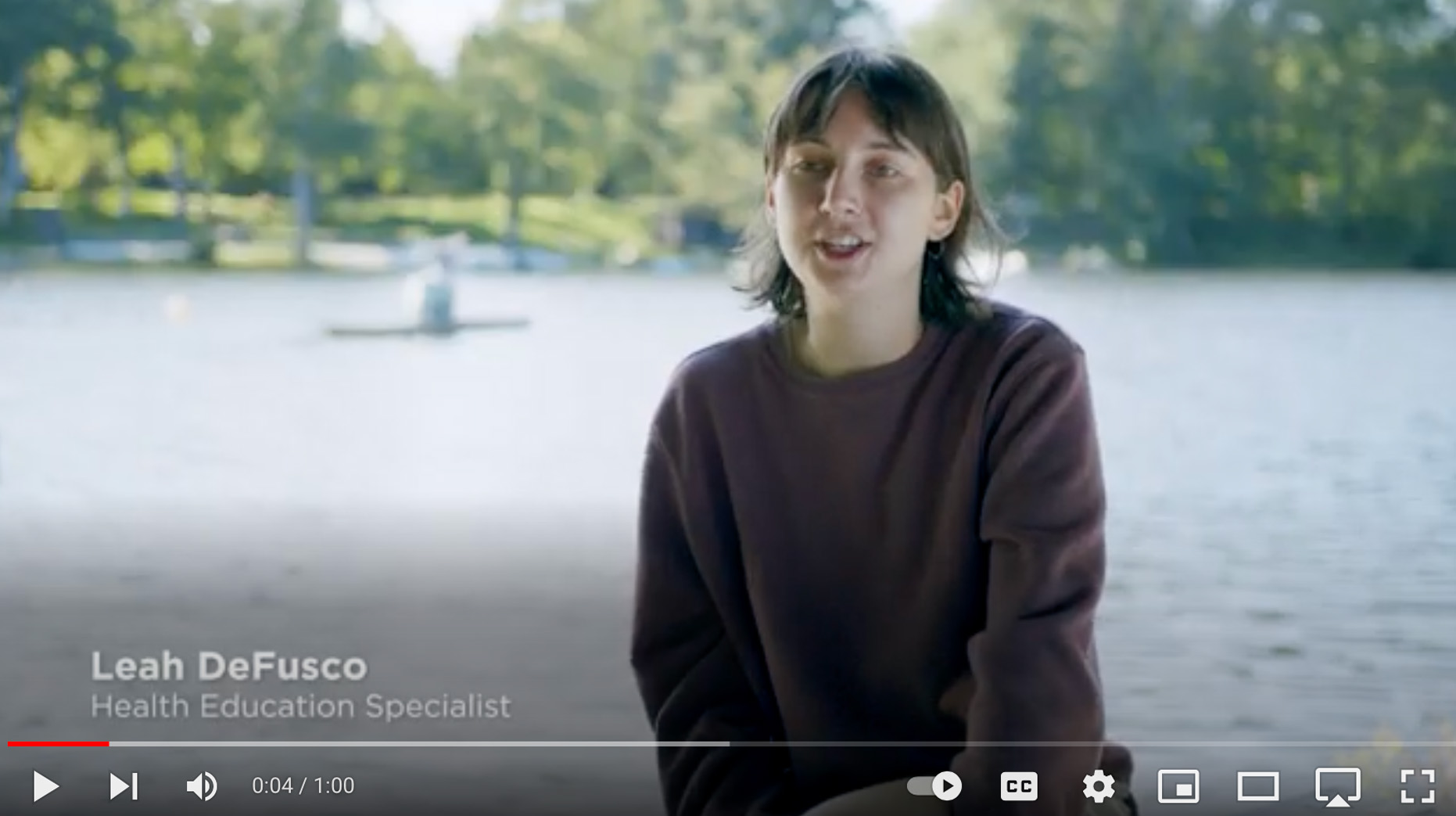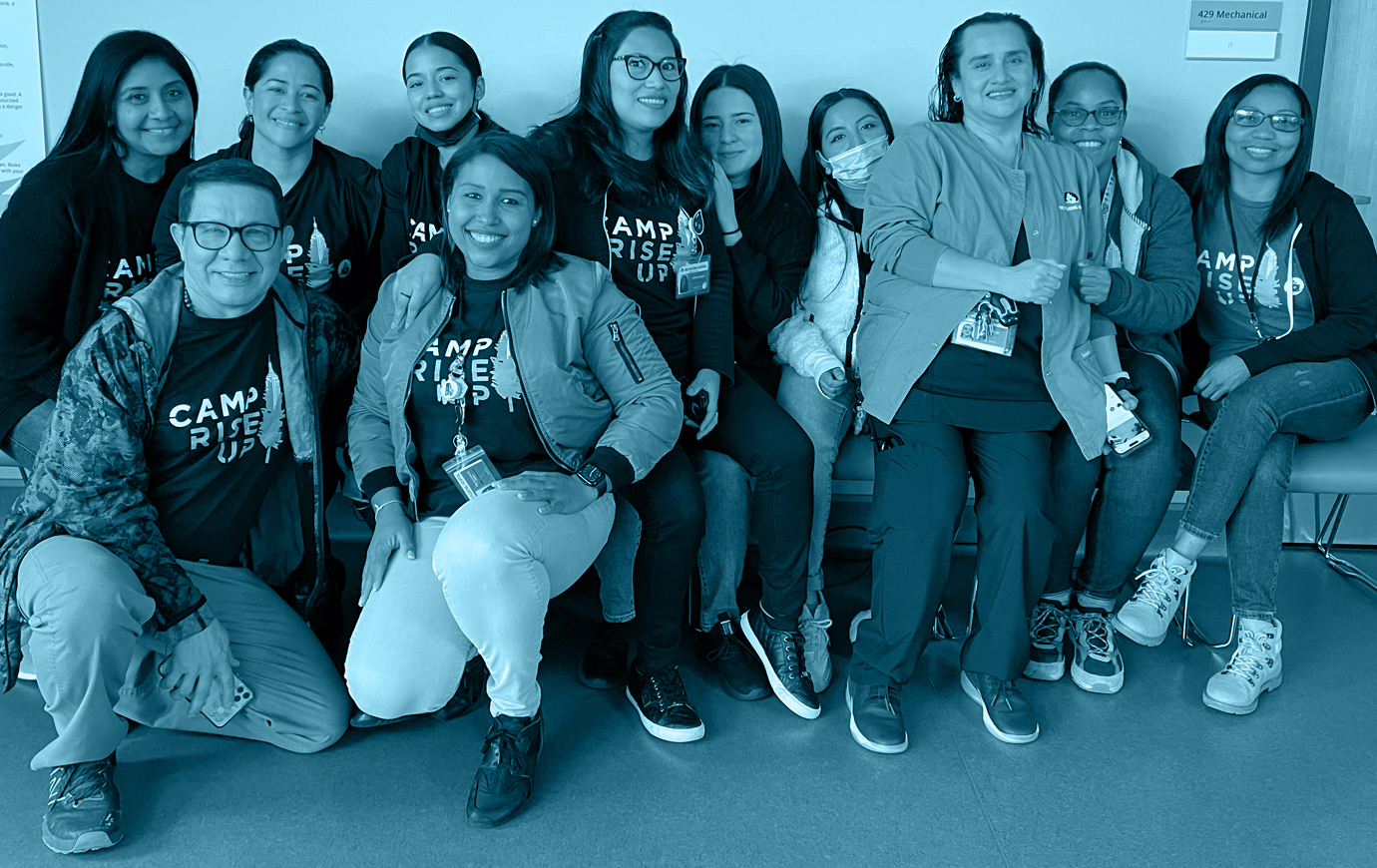
The Human in Human Resources
For more than a decade, Philip LaRocco has been helming The Floating Hospital’s Human Resources Department, attracting and retaining employees with respect, engagement and great benefits.
It wasn’t always this way. Prior to the hospital, he worked in retail at a cutthroat business where “we were taught that the employee was the enemy… nice guys finish last.” But he found the hospital was nothing like that. “Based on upbringing and training, I knew right from wrong. And I could just tell that work here offered a much more humane atmosphere,” he said.
He has a MBA and a master’s degree in accounting, but “HR really, has been my love for a long time.” Meeting people and changing their lives by putting them in a job are the high points. Although terminating employees is always tough, he said, outside of a few egregious incidents, the hospital gives employees a chance to get it right.
A new strategy aimed at retention, devised by the management team and in place for the past 18 months, has focused on employee engagement from day one. He and Floating Hospital President Sean Granahan had senior managers create a training program for their new employees, and asked them to spend the first two days on the job with them to establish expectations.
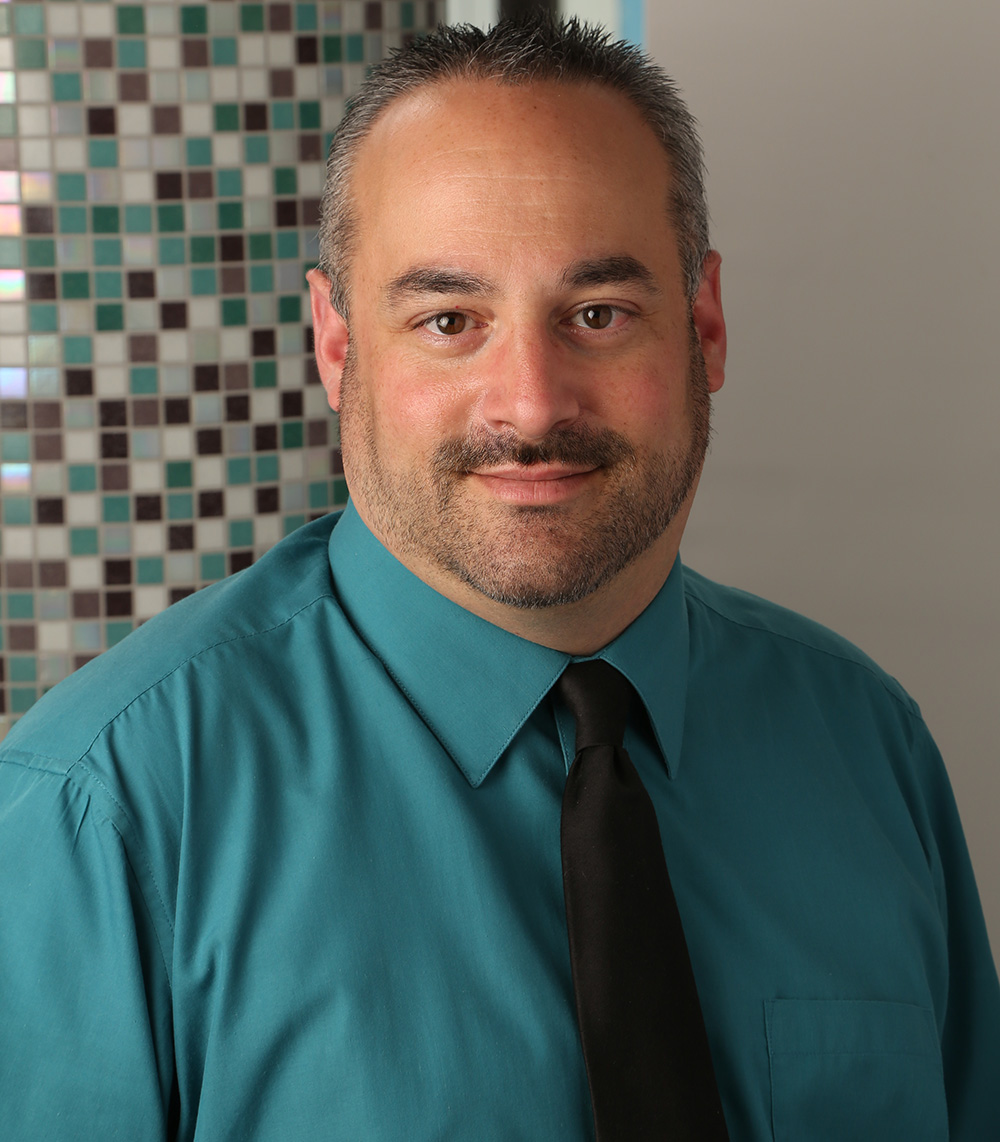
Philip LaRocco,
Vice President of Human Resources
“Rather than just stick them with someone to shadow or have them sit there and watch, you need to orient that person on how you want things in the department, how it should be.” He said when this is done properly, it has a lasting effect. Employees have reported feeling like “I am part of something. I’m not just a number or a cog in the wheel,” he said. Additionally, the long tenure and stability of the top management has helped employees at all levels feel comfortable in their own positions, leading to opportunities for growth in the organization.
A new set of videos describing the work of The Floating Hospital for orientation, along with some aimed at recruitment, is also helping, he said. Without the videos, which were completed about a year ago, employees “came in and we were depending on others to tell them who we are and what we do. The videos are a wonderful way to get that across. I think it further strengthens everyone’s understanding of what we actually do and the impact we’re having on our patients lives.”
The orientation videos are intended to encourage solidarity through a shared mission to serve patients optimally. To understand and respect each other, including respect of our cultural differences, is to extend that care and understanding to our patient base, who come from diverse backgrounds and often face challenging circumstances.
He credits those factors and the hospital’s generous benefits package as key to attracting talent in a competitive field. This year’s retention rate has already shown improvement from the first quarter last year.
There is also a camaraderie that is infectious among the staff, fostered by shared meals such as a Thanksgiving potluck, held the Thursday before the holiday, where staff members contribute a dish from their heritage. “And it is huge. We never think we’re going to have enough and we always have a ton of food leftover.” The clinic closes after a half day at all sites, and everyone comes around 1 or 2pm. “We eat, we play some games, I think we did karaoke last year.” The extra food either goes home with the employees or is served for lunch the following day.
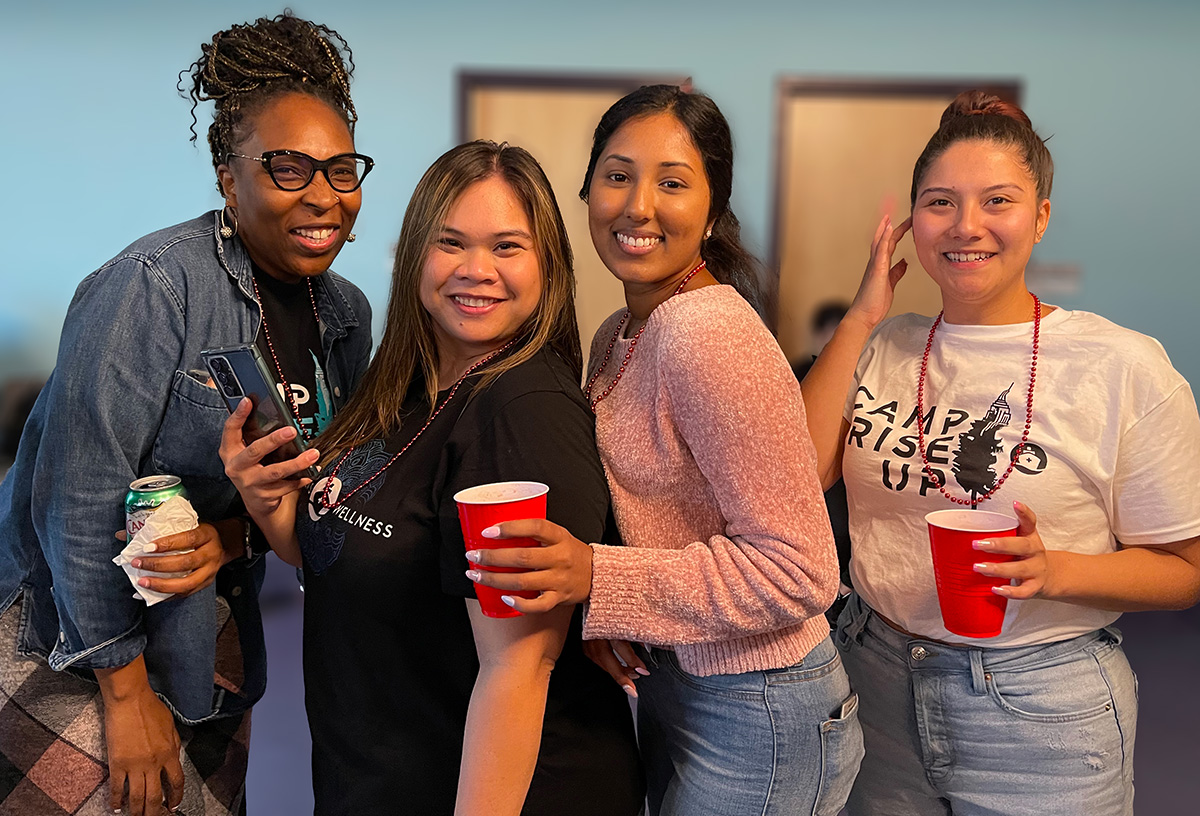
He said when Granahan or Chief Medical Officer Shani Andre are there, they will speak. “It’s really just a nice day to get everyone in one room, not worry about work, and celebrate each other.” The significance of the long-running event to the staff (who volunteer to decorate, devise the games, set up and clean up) became very apparent during Covid when it was cancelled for a couple of years. “Everyone understood, but we were disappointed at the same time.”
The concept of breaking bread with colleagues has carried over into the long-term goals of the hospital to provide a meal for its employees at the main clinic once a day. “Occasionally we will have some sort of a luncheon or a breakfast.” According to LaRocco, Granahan’s vision for the new building “was to have a working cafeteria for our staff to come and eat at no cost to them.” At the old building, everyone was on one floor and interacted all day. Now that there are multiple floors, they are not mingling as much as they would like.
He wants to hire someone to make these meals, “maybe we’ll do lunch two days a week, breakfast three days a week… It’s my goal to get that in place as soon as possible.” Although he and Sreeta Karl-Quintana, who is the hospital’s director of clinic operations, have supplied meals previously at intermittent intervals, “we want to make sure we have someone who can do it successfully on a regular daily basis.”
Another staff bonding initiative is the Welcome Committee, which introduces new staff two or three times year with a welcome package and a game. Recently, they held a music trivia contest during lunch.
But the underlying factor that promotes the strongest connective tissue is that the “majority of our staff are mission driven. For them, it’s more than a job. It’s ‘I’m coming here because I want to help. I want to treat these patients. I want to do some good.’ ”
New Recruitment Videos
If you or anyone you know are interested in working at The Floating Hospital and want to learn more, a series of YouTube videos offers a peek at what it’s like behind the scenes directly from staff members in various roles at the clinic.
From patient navigators to medical and physician assistants or health educators, employees in different positions offer their unique perspectives on why The Floating Hospital offers meaningful and satisfying work.
Melissa Giblin, who has been a physician assistant for three years, says in her video, “We don’t have any boring days here… it’s definitely an exciting and meaningful place to work.” She said she has seen many of the same patients since she started here. “I’ve really gotten to see them grow, both the parents and the kids. I get to see them reach their goals and develop, and that’s been really rewarding.”
In his video, Armando Rodriguez said that he started as a patient navigator, but “I approached my supervisor about becoming a benefits counselor so I could gain more responsibility. I love connecting the patients to their doctors.” He noted that his colleagues really help each other in a supportive environment. “I feel like The Floating Hospital is allowing me to build a career. . . . There’s always room for growth.”
There is more to explore at The Floating Hospital’s YouTube channel and the careers page of our website.
This post is featured in our monthly newsletter from April 2024.
To get the latest from The Floating Hospital directly to your inbox, sign up using the form below.
Other posts from this newsletter:
Share This Story, Choose Your Platform!
Categories
Tags
The Floating Hospital provides high-quality healthcare to anyone who needs it regardless of race, ethnicity, religion, gender, immigration or insurance status, or the ability to pay. By providing unrestricted medical care in tandem with health education and social support to vulnerable New York City families, The Floating Hospital aims to ensure those most in need have the ability to thrive, not just survive.

